February 2024
A woman with altitude: eight reasons to know Amy Johnson
With International Women’s Day just around the corner, we soar on the wings of inspiration that British aviator Amy Johnson left behind
As we look back over the legend-making, record-breaking history of aviation, some spectacular feats have stood the test of time. And of the parade of innovators and aviators in this category, few shine as brightly as Yorkshire native and British original Amy Johnson.
To mark International Women’s Day (8 March), we’re retracing a riveting journey into the legacy of a pilot who flew just as high as her male counterparts – Amy Johnson. This extraordinary trailblazer embodies the British spirit of audacity, ingenuity and determination, leaving behind an indelible mark on the skies ever since they were her playground back in the early 20th century.
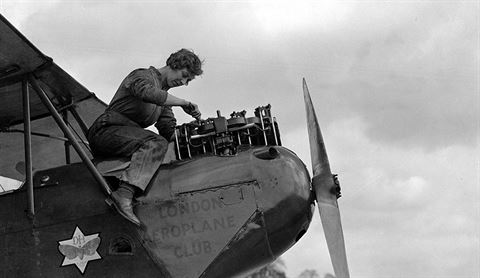
In March 1930, Amy Johnson works on the engine of her de Havilland Gipsy Moth at Stag Lane airport, prior to her attempt to break the England-Australia flight record (Getty)
Skyward beginnings
Born on 1 July 1903 in Kingston upon Hull, Johnson followed a BA in Economics at the University of Sheffield with a stint as a legal secretary in London. She caught the aviation bug after a chance visit to Stag Lane Aerodrome in London’s Edgware, home of the London Aeroplane Club, where she learned to fly (financed by her father). She gained her pilot’s licence in July 1929 at just 26 years old. In December of that same year, she also became the first British woman to qualify as a ground engineer.
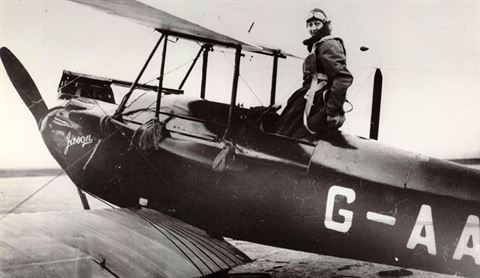
Amy Johnson with her de Havilland DH60G Gipsy Moth G-AAAH, aka Jason, at Croydon airport before her flight to Australia in 1930 (Alamy)
The Gipsy Moth odyssey
Johnson wasn’t just a passenger in her aviation journey. With an iron resolve, she raised funds (£600 – around £40,000 today) and bought Jason – the nickname of her second-hand de Havilland DH60G Gipsy Moth – a wooden biplane that would gracefully span continents as the vessel of choice for her iconic solo flights to come.
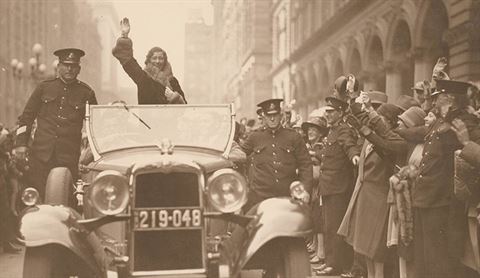
Amy Johnson’s triumphant motorcade in Sydney, Australia, in 1930 (Alamy)
Breaking the glass ceiling
In 1930, an era dominated by male aviators, Johnson defied gravity by becoming the first woman to fly solo from London to Darwin, Australia, in just 19 days using only basic maps and a compass. Although disappointed to not have beaten the existing 15-day record, she was heralded ‘queen of the air’ by the British newspapers and toured the streets of London in an open-top car upon her return. The feat even saw her honoured with a CBE by King George V.
“Had I been a man, I might have explored the poles or climbed Mount Everest, but as it was my spirit found outlet in the air” Amy Johnson
Record-setting sojourns
Johnson’s wings stretched far beyond the land down under, breaking gender barriers and records all over the world. In 1931 she became the first pilot to fly from London to Moscow in one day (just 21 hours) in Jason II – a de Havilland DH.80 Puss Moth G-AAZV – before flying on to Tokyo to set yet another speed record. The following year, she flew solo from London to Cape Town in four days, six hours and 54 minutes – beating the record held then by her new husband, Scottish pilot Jim Mollison.
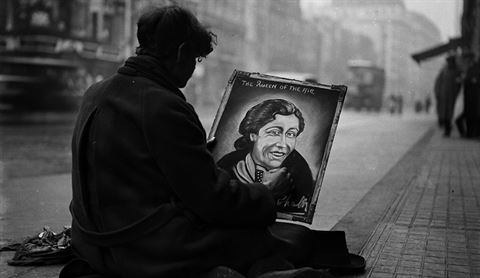
November 1932: a pavement artist in London’s Strand completes a portrait of the 'Queen of the Air' (Getty)
The Flying Housewife
Johnson was affectionately known as the ‘Flying Housewife’, a nickname that illustrates how wildly she transcended societal norms by eschewing traditional gender roles. Other nicknames in the papers included ‘The Lone Girl Flyer’, ‘British Girl Lindbergh’ and ‘Wonderful Miss Johnson’. Her daring aerial exploits saw her become the subject of such songs as ‘Amy, Wonderful Amy’ and ‘Johnnie (Our Aeroplane Girl)’ since, for a short time at least, Amy went by the name of ‘Johnnie’.
“It's a pity to lose the romantic side of flying and simply to accept it as a common means of transport” Amy Johnson
Wings of duty
Johnson’s contribution wasn’t confined to peacetime pursuits. As World War II unfurled, she did not shy away from her duty. She joined the Air Transport Auxiliary, playing a crucial role in bringing aircraft, including Spitfires and Lancaster bombers, to military bases as senior pilot and, eventually, First Officer.
The mystery crash
On 5 January 1941, at 37 years old, Johnson’s plane ditched in the Thames Estuary near Herne Bay. She had reportedly run out of fuel flying to RAF Kidlington near Oxford from Blackpool when the incident took place, although many historians contest this considering her experience with long-distance flying. More mysteriously still, Johnson’s body was never found, although parts of the plane and a travelling bag (containing her cheque book and logbook) washed up nearby.
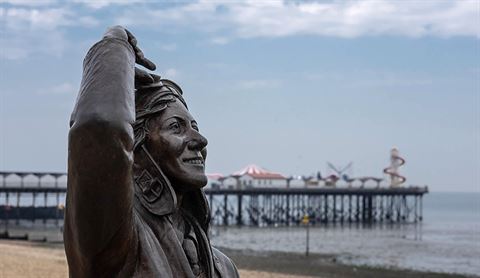
Bronze Amy Johnson statue in Herne Bay, Kent (Alamy)
Present day pit-stops
Inside the Hilton at Gatwick airport, aviation enthusiasts can pay their respects to Johnson by taking a seat at Amy’s Bar, named in the great aviator’s honour. There are myriad streets named after Johnson in the UK and Australia, plus an Amy Johnson building at the University of Sheffield in a nod to its former graduate. In Herne Bay, Kent, and Prospect Street, Hull, you can spot statues of her.
More from previous issues

Behind the wheel with Bill Bailey
The British comedian and musician on his dream car and why every teenager needs a road trip
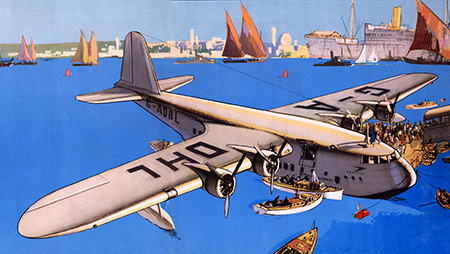
A look back: 90 years of Singapore
As we celebrate nearly a century of flights to the Garden City, our Far East fan and AV buff walks us through the history of the route

How do you prevent back pain while flying?
Chiropractor Julian Keel is full of good advice for staying supple in the sky

The best air shows in the world in 2024
We take a global aviation odyssey of jaw-dropping aerial displays, from Bucharest to Canada
